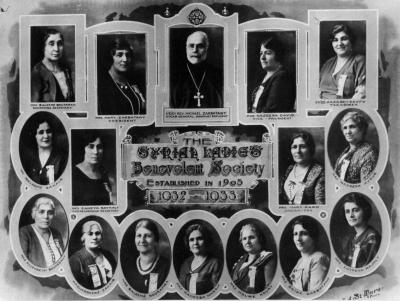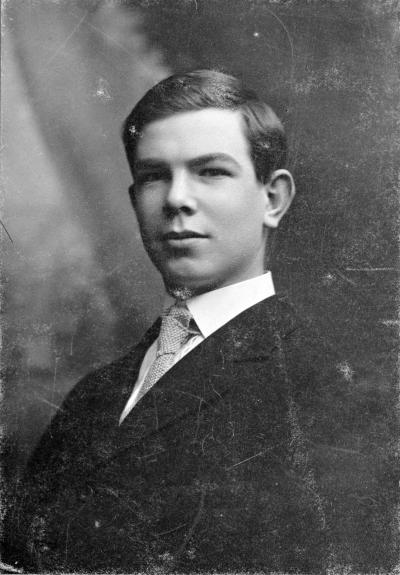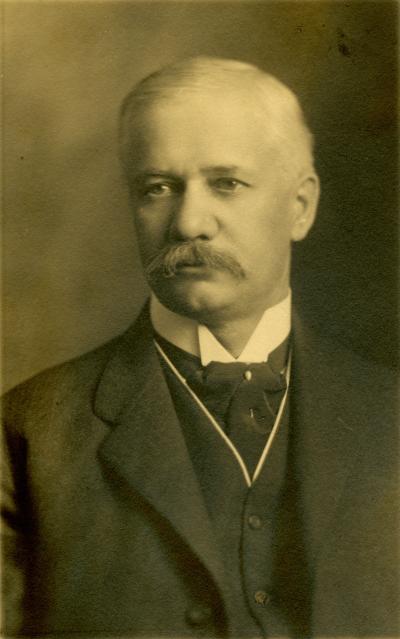Settling in Verdun as of the early 1900s, a community of expats from the Magdalen Islands (Îles-de-la-Madeleine) has a deep-rooted history in the district.
Fête des enfants du Mouvement Social Madelinot
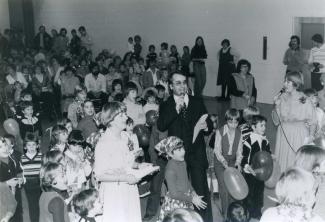
Between 1900 and 1930, with jobs difficult to come by in the archipelago, many families left the Magdalen Islands in search of opportunities. Madelinot fishers had found themselves at the mercy of inclement weather and faced with depleted fish stocks.
Some Madelinots found work in logging camps in the Côte-Nord, others in manufacturing in Saguenay or Mauricie, or at Nova Scotia foundries or Montréal’s hospitals and factories. Proud of their Acadian roots, the Madelinots created tight-knit communities where they settled and returned regularly to their hometowns. During these years, true Magdalen Islands diaspora communities took root.
From the islands to the St. Lawrence
Partie de hockey des Phoques de Verdun
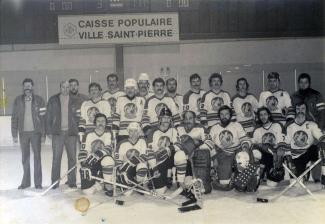
In 1899, Joseph-Arsène Richard, born to an Acadian family, became a parish priest in Verdun. He founded Verdun’s first parish: Notre-Dame-des-Sept-Douleurs. Richard welcomed many of the Acadians from Gaspésie and the Maritimes who were relocating to Montréal to find work. In 1932, he founded Hôpital du Christ-Roy, today known as Hôpital de Verdun, and began looking for bilingual nurses. Acadian nurses from the Magdalen Islands and New Brunswick were quick to arrive to fill these positions.
Madelinots had also begun moving to the neighbourhood to look for work at the Canadian National Railway shops, with Dominion Glass, or with other local manufacturers. Many young women from the Magdalen Islands were hired by Westmount families to do domestic work. Migration from the islands continued during World War II, and many Madelinots went to work in factories around Verdun. Teachers and nurses also began moving to the city of Montréal. Upon arriving, young islanders found boarding with Madelinot families who had already settled in the city.
Mouvement Social Madelinot
Fête de Noël au Mouvement Social Madelinot
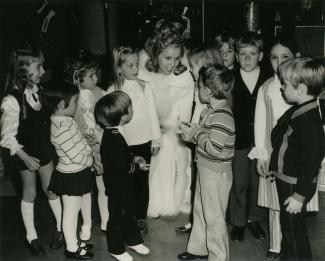
In 1960, an estimated one thousand Madelinot families were living in Montréal, mainly in Verdun, Côte-Saint-Paul, and LaSalle. On February 19, 1969, in the basement of Église Saint-Paul on avenue de l’Église in Verdun, thirty-two people from the Magdalen Islands gathered to form an association. During the meeting, a sports committee was created, as well as a board of directors headed by Léo Benoit.
One month later, the organization broadened its mission and changed its name, becoming “Mouvement Social Madelinot.” Its goal was to manage social, philanthropic, cultural and sports activities for people born in the Magdalen Islands, or Madelinot by adoption or marriage. In the words of president Benoit, “the main goal of MSM (Mouvement Social Madelinot) is to ease the loneliness of those far from home.” In no time at all, membership grew to 500. In the first year, evening social activities were held in the basement of École Notre-Dame-de-la-Paix, and there were lobster parties, bowling and hockey leagues, and a contest to crown a Madelinot queen during a duchesses’ ball, with different “duchesses” representing the different islands, as well as numerous other activities.
An active association
Collecte de fonds du Mouvement Social Madelinot
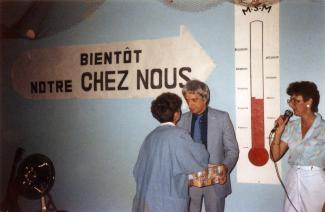
In 1970, the association moved into 527 4e Avenue in Verdun. Starting the year after, a golden age club was created. The Mouvement Social Madelinot became incorporated in Québec in 1971. A year later, a fire destroyed the association’s offices and forced it to move to 4827 avenue de Verdun. It moved again on December 2, 1985, to an old bank at 3690 rue Wellington, following a fundraising initiative in the community that facilitated the building’s purchase. During the same period, the Madelinot hockey team, the Phoques de Verdun—the Verdun Seals—had a successful streak that lasted several years under Coach Jules Boudreau. They played Madelinot teams back home and in Verdun.
Also in 1970, L’archipel, the Verdun Madelinot newsletter, was first printed, arriving on the doorstep of subscribers across the district. Four years later, the publication printed its last issue and was replaced a few months later by L’Hameçon. In addition to its main articles on a variety of subjects, the publication featured a “carnet social” section, announcing births, moves, trips and illnesses, and reporting on the golden age club, bowling, hockey, and cultural activities. L’Hameçon remained in print until 2002.
Mouvement Social Madelinot remained active in the decades to come and in 2004 celebrated its thirty-fifth anniversary. In 2020, members still gather to play bingo or cards together.
The Madelinot community in Montréal’s Sud-Ouest in 2020
Bal des duchesses
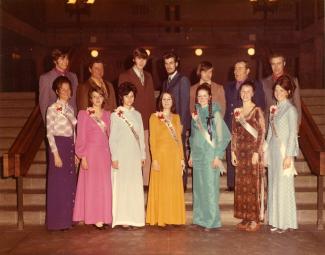
The community is still thriving in Verdun and LaSalle in 2020. Many of the businesses in these neighbourhoods have owners from the archipelago, whether it be garages, shops, or restaurants. Îles en Villes, a restaurant run by Ginette Painchaud, originally from Havre-Aubert, serves traditional dishes from the Magdalen Islands and has become a meeting place for expats who have settled in Montréal. At the corner of boulevard LaSalle and rue Wellington sits Parc des Madelinots, established in 2004 to recognize the presence of generations of Madelinots in Verdun and celebrate the community’s vitality.
Thank you to Jules Boudreault and Lola Vigneau for their help with the research for this article.
CARBONNEAU, Pauline. Découverte et peuplement des Îles-de-la-Madeleine, L’Étang-du-Nord, Les éditions la Morue Verte, 2016.
FORTIN, Jean-Charles. Les Îles-de-la-Madeleine, histoire en bref, Presses de l’Université Laval, 2004.
FORTIN, Jean-Charles et Paul LAROQUE. Histoire des Îles-de-la-Madeleine, Québec, Les Éditions de l’IQRC, no 15, 2003, 403 p. (coll. Les régions du Québec).
GRAVEL, Denis et Hélène LAFORTUNE. Verdun 125 ans d’histoire, 1875-2000, Montréal, Ville de Verdun/Archiv-Histo inc., 2000, 318 p.
HÉBERT, Pierre-Maurice. Les Acadiens du Québec, Montréal, l’Édition de l’Écho, 1994, 478 p.
LEBLANC, Yves. Les Îles de la Madeleine face à leur destin, Montréal, Leméac, 1980, 324 p. (coll. Ouvrages Historiques).
Revue L’Hameçon, vol. 5, no 5, févr. 1979.

